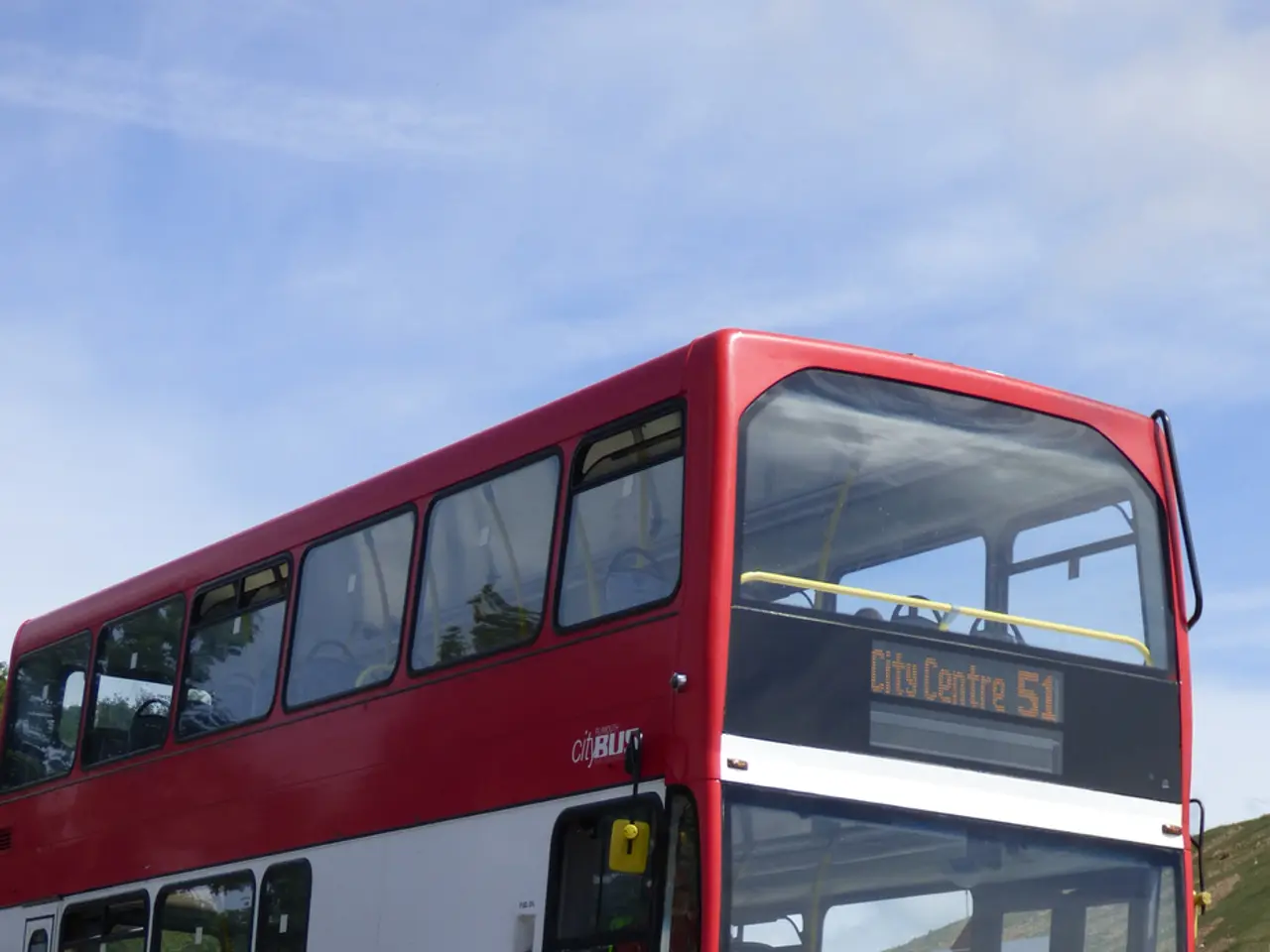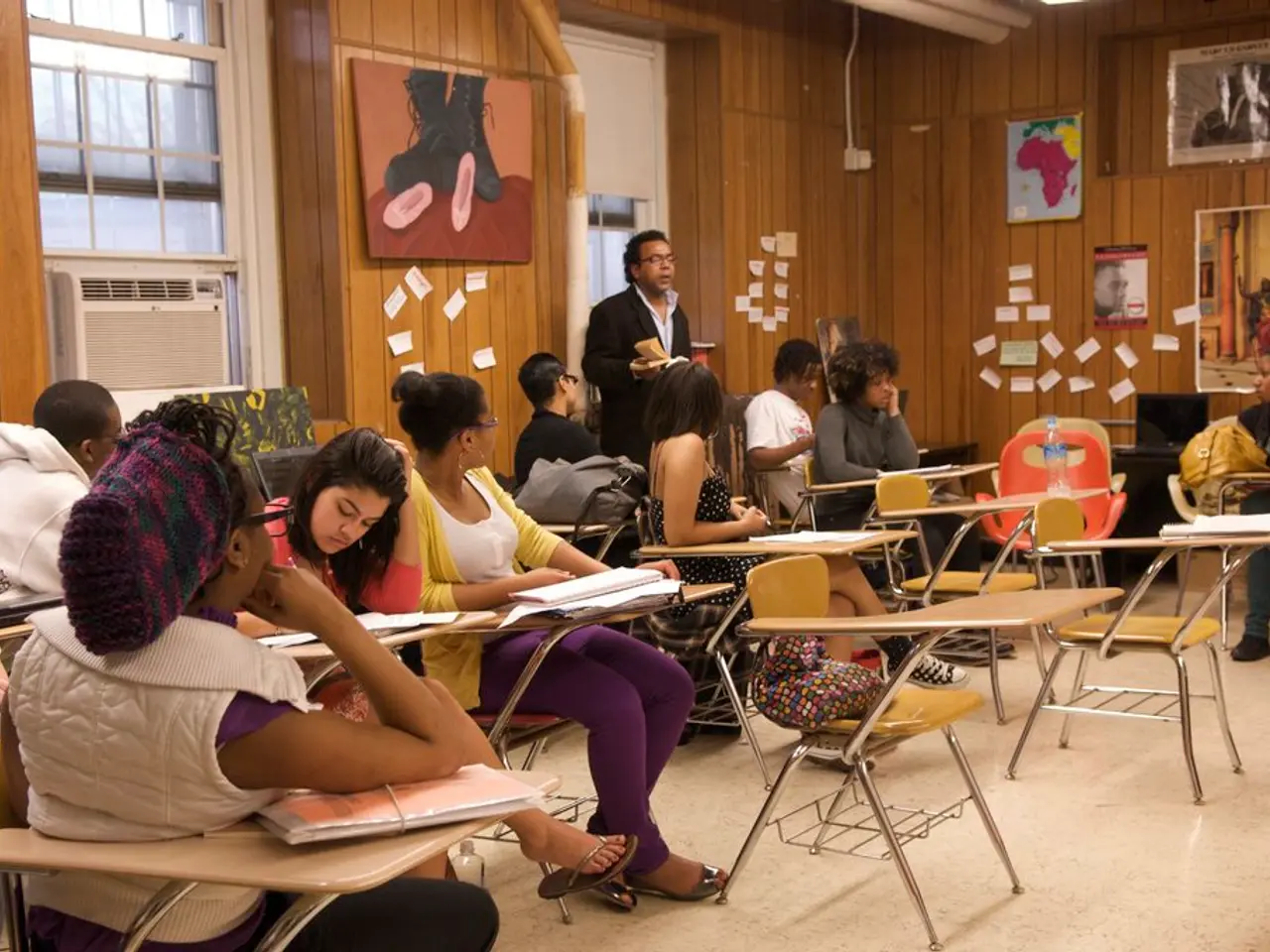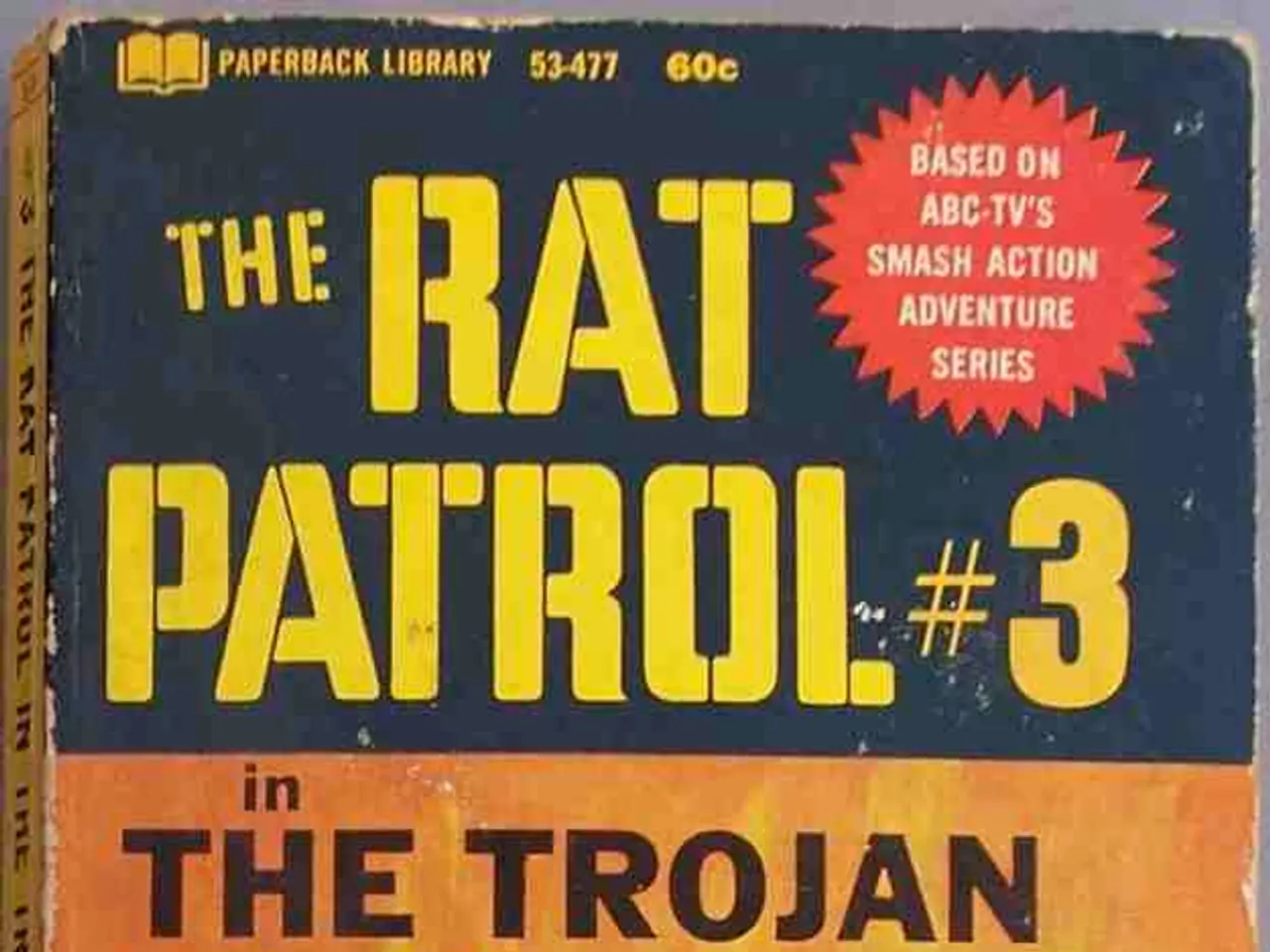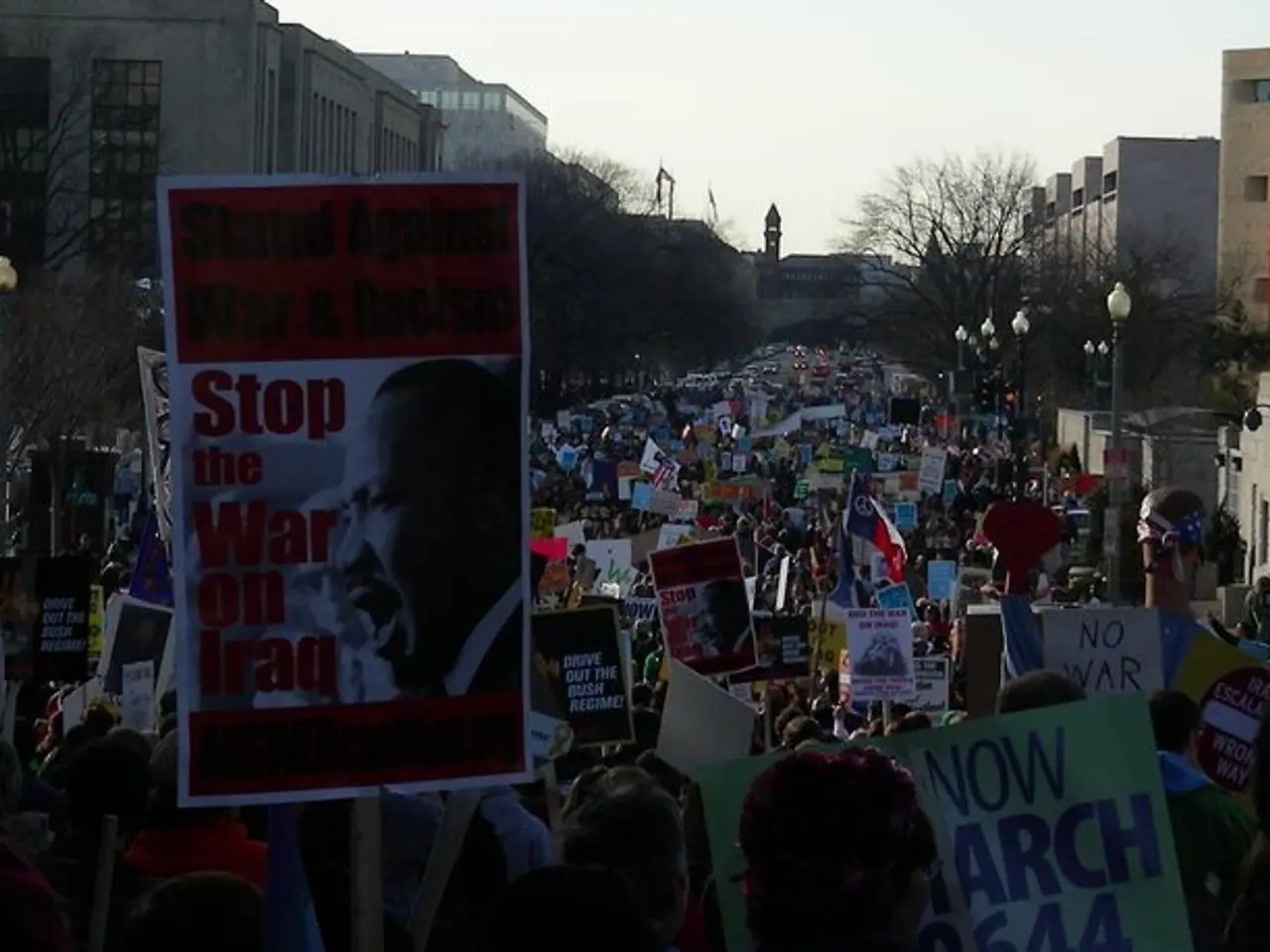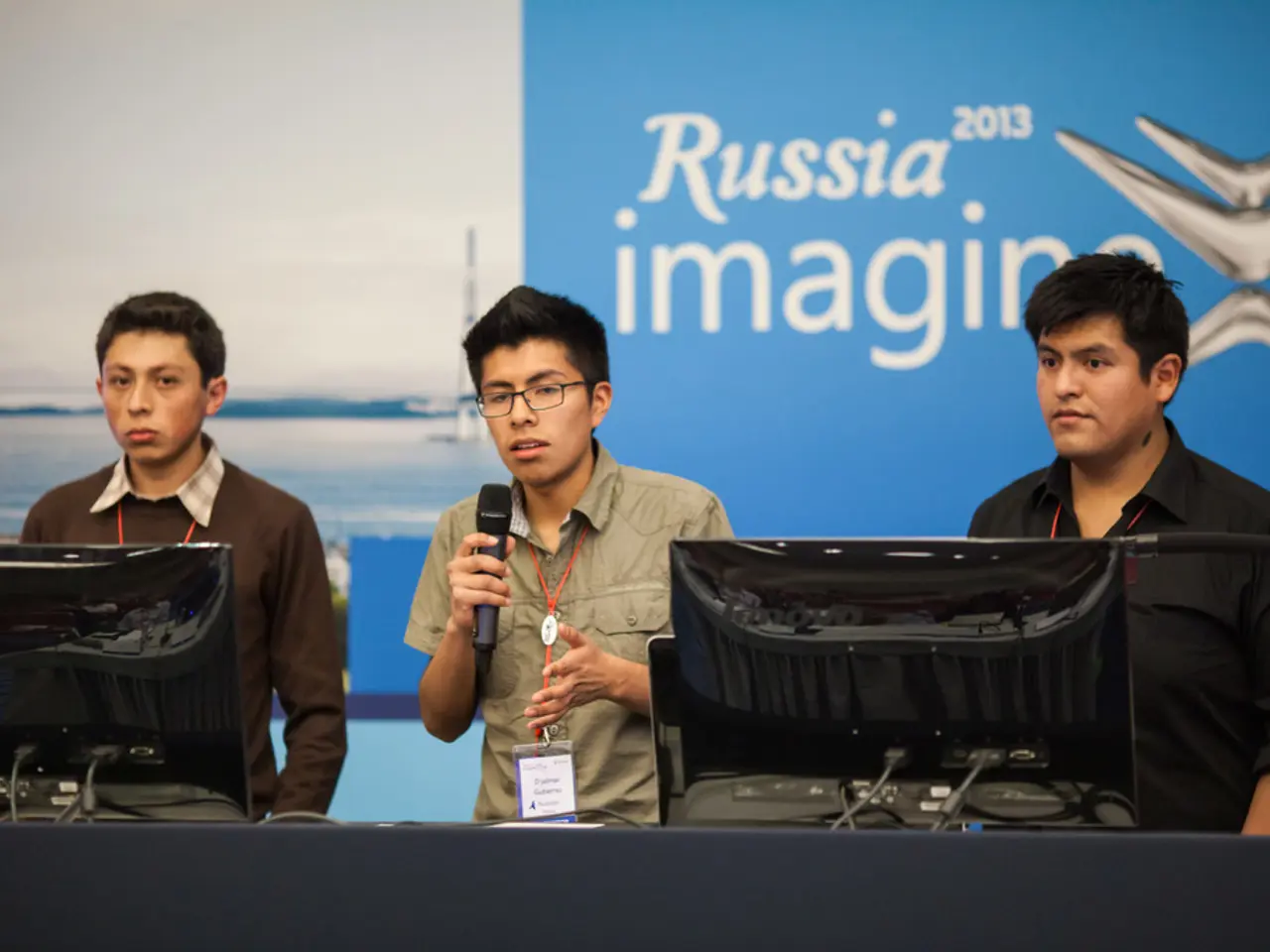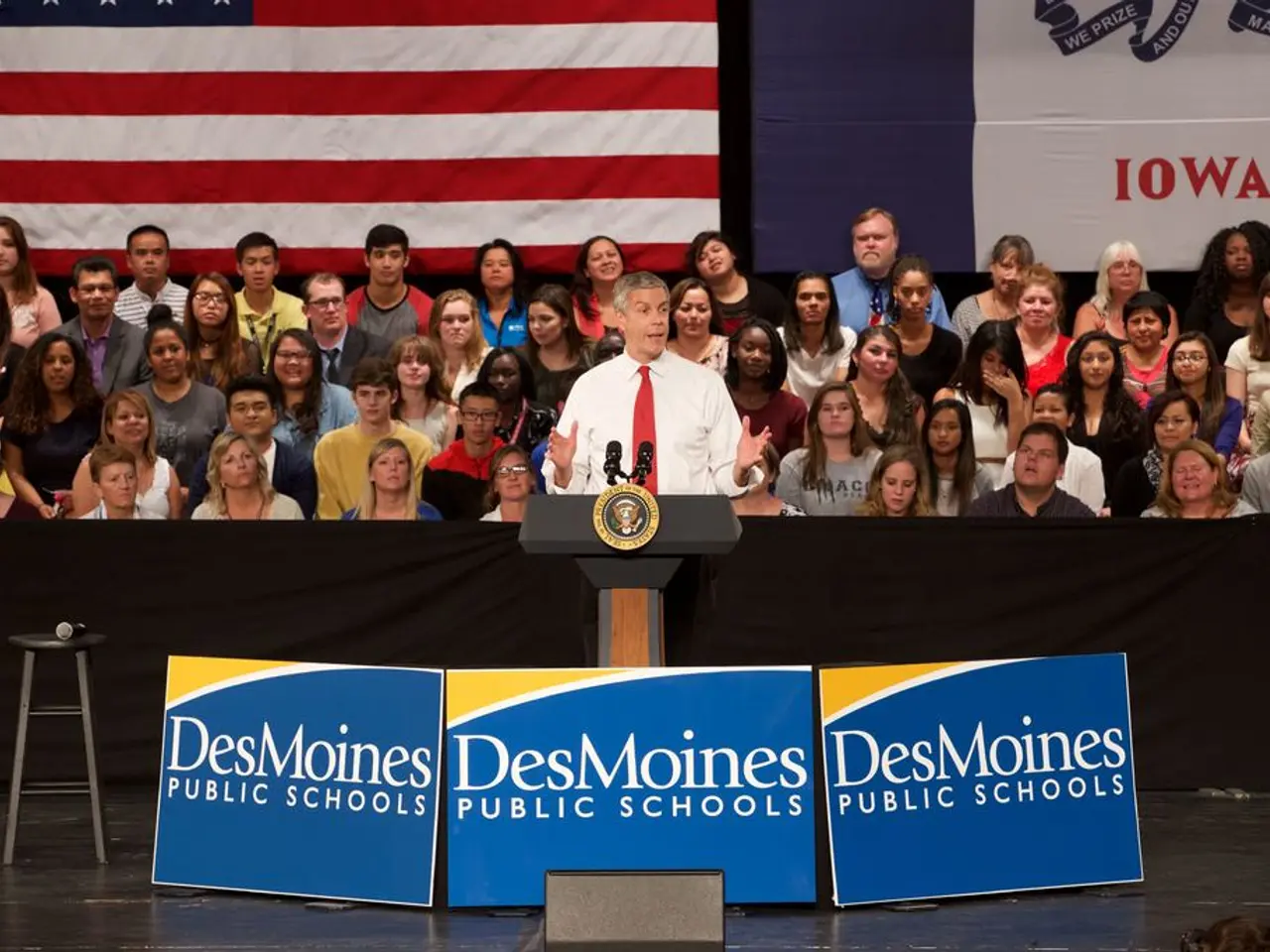Voters of Mecklenburg County's view on these 28 words could determine the implementation of a new transportation tax
Mecklenburg County is set to decide on a 1-cent sales tax referendum that, if approved, would fund various transportation projects, including buses, roads, and rail. The tax is an additional 1% local sales and use tax on top of the current rate, designed to raise funds exclusively for roadway and public transportation improvements in the county.
The proposed referendum, if passed, would overhaul the region's transportation system and raise an estimated $20 billion over the next 30 years. The funds will support expanded transit frequency, new rail lines, microtransit, improvements to streets and traffic safety, and investments focused on under-served or under-invested areas.
The referendum wording approved by county commissioners states: "One percent (1%) local sales and use taxes, in addition to the current local sales and use taxes, to be used only for roadway systems and public transportation systems." However, the proposal has faced some debate over the clarity of its language and transparency about the tax increase's true impact on consumers.
The referendum, if approved by voters, would result in a significant increase in the sales tax rate (from 7.25% to 8.25%), representing a 14% increase in tax burden. Some commissioners have expressed concerns about the clarity of the language and its potential impact on voters.
The revenue generated from the tax increase is projected to be approximately $25.3 billion over 30 years, including federal matches. The funds will be allocated with 60% going towards transit projects and 40% towards road projects.
The PAVE Act, signed by Governor Josh Stein in June, allows Mecklenburg County to place the referendum on ballots. The Act also establishes a 27-member board of trustees to lead a new public transportation authority in the county.
The steps towards placing the referendum on the ballot are largely procedural. A public hearing and a vote will be held during the regular meeting on Aug. 6 for the county commissioners to decide whether to place the referendum on the ballot.
However, not all commissioners are in agreement. Commissioners Meier and Rodriguez-McDowell voted against the ballot language, stating it was not clear enough to voters that the measure would result in a tax increase. Rodriguez-McDowell also expressed concerns about potential ambiguity in the language surrounding rail projects.
Transportation attorney Larry Shaheen noted that local leaders would still fund the rail projects they've already committed to, and the language is forward-looking to account for future shifts in transportation strategies. Shaheen also mentioned that technologies not related to rail may be in use thirty to forty years from now.
In conclusion, the 1-cent sales tax transportation referendum in Mecklenburg County aims to fund transportation projects, with 60% going towards transit projects and 40% towards road infrastructure. The funds will be used for transit expansion, road improvements, traffic safety, and equity investments in under-invested communities. The debate surrounding the proposal focuses on tax impact clarity and transparency for voters.
- The debate over the 1-cent sales tax transportation referendum in Mecklenburg County revolves around the clarity and transparency of its language, particularly the potential impact on consumers and the nature of rail projects.
- If approved by voters, the 1-cent sales tax referendum would lead to a significant increase in the sales tax rate (from 7.25% to 8.25%) and fund various transportation projects, including buses, roads, rail, and microtransit, with a focus on under-served areas.
